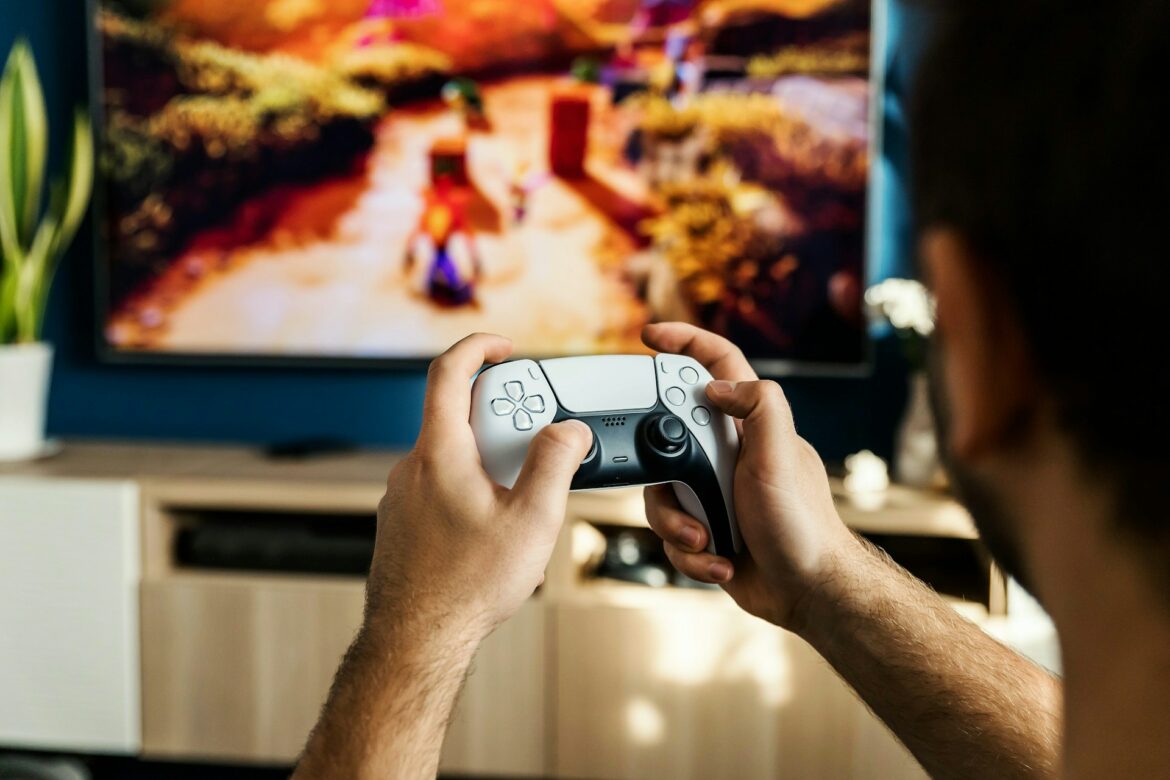In recent years, the digital landscape has witnessed an intriguing shift with the emergence of AI influencers—computer-generated personalities that engage, entertain, and influence online audiences. As technology advances, these virtual personas are becoming increasingly sophisticated, blurring the lines between human and artificial contributions to social media. This trend raises a compelling question: are AI influencers genuinely taking over the industry, or are they just a passing novelty? To understand the full picture, it’s essential to explore how they are gaining prominence and what this means for the future of digital influence.
Exploring the Rise of AI Influencers in the Digital World
AI influencers have quickly transitioned from experimental concepts to mainstream fixtures within the social media ecosystem. Driven by advancements in machine learning, computer graphics, and natural language processing, these digital personas can craft compelling content that resonates with audiences globally. Notable examples like Lil Miquela and Shudu have amassed millions of followers, collaborating with major brands and participating in campaigns that traditionally relied on human influencers. Their ability to operate 24/7 without fatigue, combined with precise control over their personas, makes them attractive assets for marketers seeking innovative engagement.
Moreover, AI influencers offer a level of customization and safety that human influencers often cannot guarantee. Brands can tailor their virtual ambassadors to fit specific campaign themes, demographics, or aesthetic styles without concerns about unpredictable behavior or scandals. Additionally, AI personas can be programmed to adhere strictly to brand values, ensuring consistent messaging. This controllability, along with cost efficiencies—since AI influencers do not require travel, breaks, or personal management—has accelerated their adoption across various industries, especially fashion, beauty, and entertainment.
However, the rise of AI influencers also sparks debates about authenticity and emotional connection. While these virtual entities can mimic human traits convincingly, they lack genuine consciousness or personal experiences. Critics argue that their influence might be superficial, relying heavily on scripted interactions designed to foster engagement rather than authentic relationships. Despite this, their popularity continues to grow, propelled by the allure of futuristic innovation and the seamless integration of AI into everyday digital interactions.
Will Human Influencers Survive the AI Takeover?
The advent of AI influencers undoubtedly presents a challenge to traditional human influencers, but it’s unlikely they will disappear entirely. Human influencers bring a level of authenticity, vulnerability, and relatability that AI personalities currently cannot replicate convincingly. Audiences often value real stories, personal experiences, and genuine interactions—elements that only living, breathing individuals can authentically provide. For many brands and followers, the human touch remains irreplaceable, especially when it comes to building trust and emotional bonds.
That said, the relationship between human and AI influencers is evolving into a complementary rather than competitive dynamic. Many influencers and brands are exploring hybrid strategies, leveraging AI to enhance content creation, data analysis, and audience engagement. For instance, AI can help predict trending topics, optimize posting schedules, or generate creative concepts, freeing human influencers to focus on building authentic connections. This symbiosis could lead to a more diverse and dynamic influencer industry, where AI serves as a powerful tool rather than a replacement.
Looking ahead, the survival of human influencers will depend on their ability to adapt to technological advancements and emphasize authenticity. While AI can handle many operational aspects, it cannot replace the genuine human experiences that resonate on a deeper level. As consumers become more savvy and discerning, the demand for real, relatable personalities will likely persist. Ultimately, human influencers may continue to thrive by embracing technology as an asset, reinforcing their uniqueness in an increasingly digital world.

